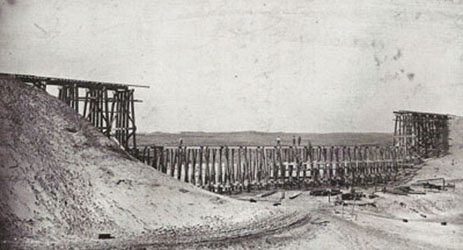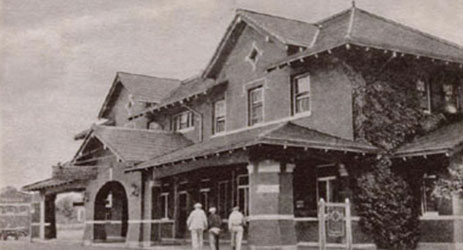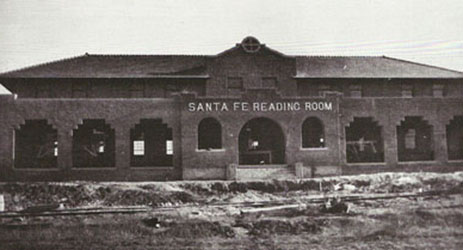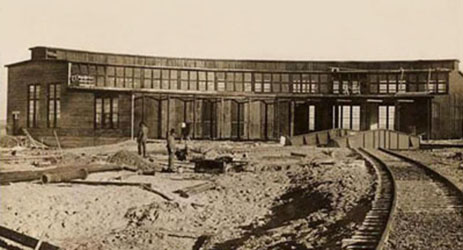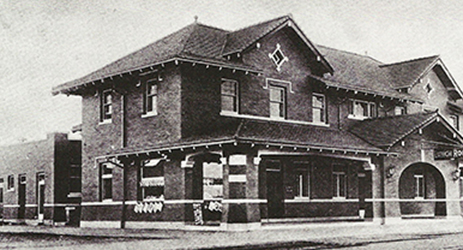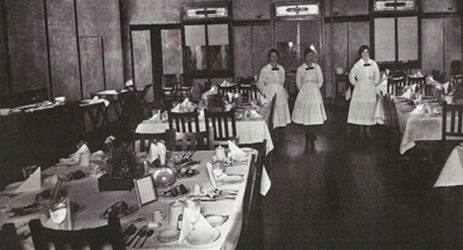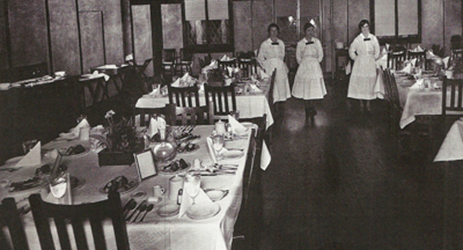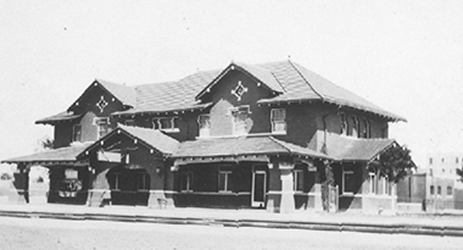Railroad in the Texas Panhandle
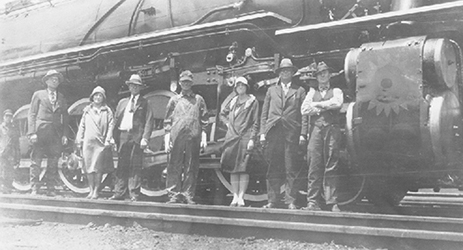
History of Hemphill County and the City of Canadian is the story of the railroad in the Texas Panhandle. H.Y. Wilson engineered the first train, engine 299, into Canadian, thus beginning a way of life which would effect the city of Canadian for more than 50 years. With the railroad came the Depot, Harvey House, Roundhouse, Santa Fe Reading Room, and a population of citizens. The historic Wagon Bridge (now the scenic walking bridge) was the largest steel construction west of the Mississippi after its construction in 1916.

